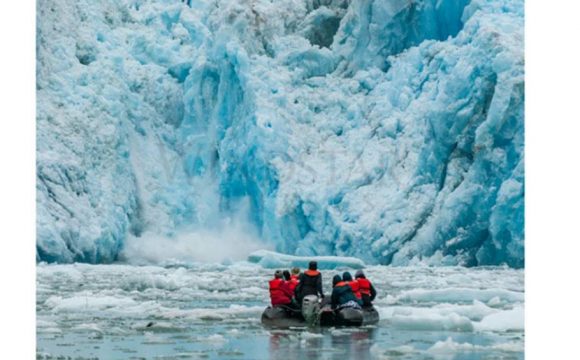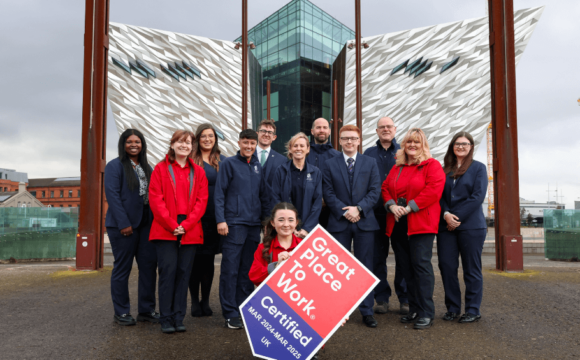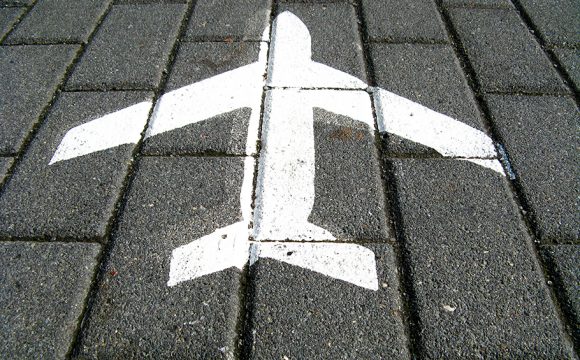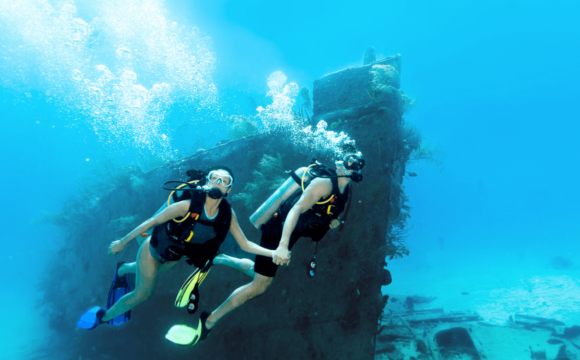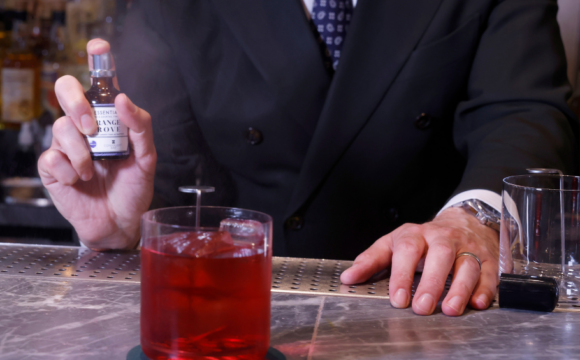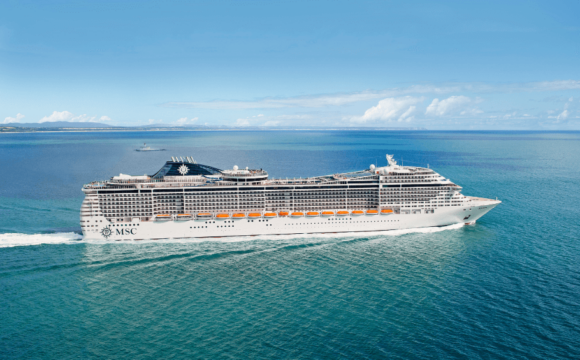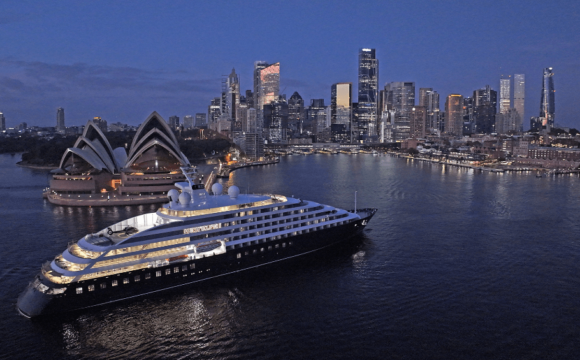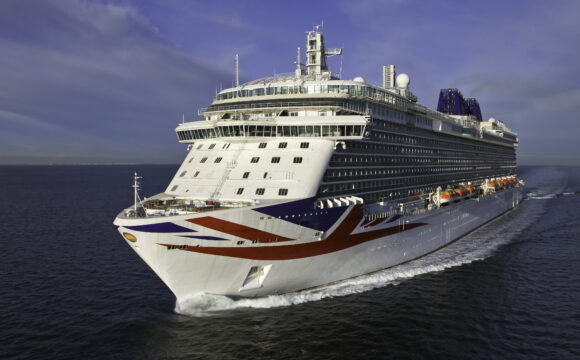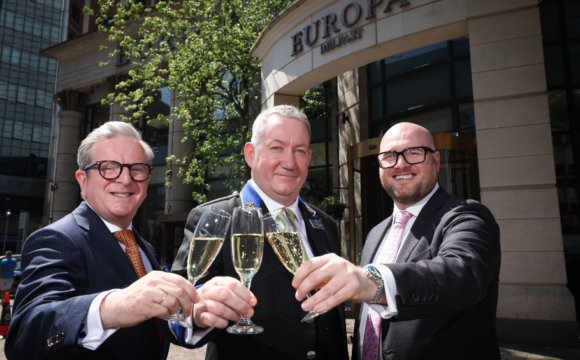By Andrea McVeigh
EVEN the airport in Palm Springs is cool. Its midcentury, low-rise, design is all clean lines, sharp angles and sweeping shapes Between check-in and the departure gates there’s a large open-air, outdoor space, with cafes and restaurants, seating and a children’s playground. There are even views of the San Jacinto mountains.
Opened in 1966, the airport’s combination of hip architecture, historical pride and a passion for nature and the landscape sums up Palm Springs perfectly. This Southern California city in the desert also conjures up images of old Hollywood glamour, the golden age of the silver screen in the 1940s, 1950s and ‘60s.
It became a playground for the rich and famous after the big movie studios of the 1940s introduced a ‘two-hour rule’ which stated that actors had to stay within a two- hour drive of Los Angeles and the movie studios during filming. Palm Springs was exactly a two-hour drive away, as far as the actors could go to get away from their bosses, while still adhering to the studios’ edict.
It quickly became famous as the place where movie icons went to let off steam. And boy, did they let off steam. Most hotels and restaurants have a story about a famous movie star’s shenanigans!
So they settled in Palm Springs, in the foothills of the San Jacinto mountains, with its abundance of greenery and the natural springs which gave the city its name. Those Hollywood A-listers found what the Native Americans had discovered centuries before, a place filled with natural beauty, to which they added lots of opportunities to party.
Palm Springs is also famous for its architecture, which, like the airport, is the epitome of 1960s style – what’s known as Modernist. It has the largest concentration of midcentury modern houses in the world, and the design aesthetic is celebrated each February during Modernism Week.
You can find out more about both architecture and actors on a Mods and Icons tour with Five Star Adventure Tours tour. Our mini-bus driver thrilled us with scandalous stories as we drove past the house where Elvis and Pricilla spent their honeymoon, as well as the homes of Za Za Gabor, Liberace, Greta Garbo, Debbie Reynolds, Dean Martin and many others.
Palm Springs was so much of a home-from-celebrity-home in those days, and so far off the path of the paparazzi, that Bob Hope and Bing Crosby lived on the same street and often popped over to the nearest hotel for drinks together.
And since Bob was such a big golf fan, it’s no surprise that Palm Springs and the surrounding cities (there are nine in the Greater Palm Springs area) is still a big draw for golfers. Greater Palm Springs is home to more than 100 golf courses.
It’s said that Palm Springs was where Marilyn Monroe first met JFK – at a party in Bing Crosby’s house – and it’s where Frank Sinatra shared a love nest with Ava Gardner. But if you think it’s all starlets and Oscar winners you’re wrong – Albert Einstein spent winters there, in what is now the elegant and historic landmark hotel, the Willows Inn.
So far, so starry. But Palm Springs today is nothing like the Hollywood theme park it could so easily have turned into. Don’t forget, this is where the stars lived and kept their second homes, not where they worked.
I’d known about the city’s ties to Tinseltown before my trip, but I wasn’t prepared for the natural beauty of the place. Neither had I expected to discover such a wealth of Native American history, and the hotly-anticipated Cultural Museum which is set to open later in 2023 will add to that. I was also delighted by the many activities on offer, from ballooning over the canyons to jeep tours that take you to the San Andreas Fault to go star gazing at night or discover wildlife by day.
You can also swap palm trees for pine trees, and even snow during winter, two-and- a-half miles above street level on a ride aboard the Palm Springs Aerial Tramway The 10-minute journey, in the world’s largest rotating tramcars, glides past the cliffs of Chino Canyon until you reach the cool air and amazing views of the Mountain Station at the summit. Here you can dine in the restaurant, go for a hike or shop for souvenirs before making the journey down again.
A lot of the land in and around the Greater Palm Springs region is owned by Native Americans, whose ancestors were the first inhabitants here, living in mountain valleys and near hot springs, in a landscape that provided plenty of food and shelter. Today, the Agua Caliente Band of Cahuilla Indians own the popular Palm Springs casino, in the downtown area. Also in the downtown area is a statue of the city’s former mayor – Sonny Bono.
Bono – as famous for his marriage and musical partnership with Cher as he was for his subsequent business and political career – served as the 16th mayor of Palm Springs, from 1988 to 1992.
Sculpted in bronze, some visitors say it’s not a great likeness of the man, although it is supposed to reflect him in his more mature era, when he was mayor, and not during his I Got You Babe hippie heyday.
The grinning statue of Sonny sits on the edge of a fountain and is a fantastic photo op – as is another celebrity statue, Forever Marilyn. This one can be found outside the Palm Springs Art Museum, also in downtown, and it’s a 26ft tall likeness of Marilyn Monroe inspired by her famous pose in The Seven Year Itch, white dress billowing above her knees as she attempts to preserve her modesty.
With her back to the art museum, she faces Palm Canyon Drive, the city’s main tourist strip, with its abundance of shops and restaurants. Here, she’s as much of a tourist draw as the works of art inside the museum itself.
Palm Canyon Drive is also home to VillageFest, which is held every Thursday evening. The street is closed to traffic for several blocks for the occasion, and comes alive with pedestrians browsing stalls selling original arts and crafts, photos and gifts.
With around 350 days of sunshine a year, spring, autumn and winter are perfect times to visit. There’s a real feeling of space too, as buildings, by law, can’t be taller than the height of the tallest palm tree (around five stories high), so as not to block the view of the San Jacinto mountains.
The city has been called a living museum thanks to its impressive display of modernist design, an abundance of vintage stores and its links to golden-era Hollywood. But it’s not stuck in the past – it celebrates its heritage without being suffocated by it. Take the Tracy Turco Modernism Museum, with its fun interactive and immersive rooms. Recently opened, it’s already an icon, offering a retro romp through the 20th century, with rooms devoted to how locals used to eat, sleep (in a pink ‘powder puff’ bedroom with a heart-shaped bath), party, hang out, vacation, and, if you’re Bob Hope, play golf.
Some of the hotels, such as The Twist and the Ace Hotel; Swim Club, have revived the mid-1960s look and have become hip hangouts for those in search of a retro retreat. Some have had a name change but kept their aesthetic appeal, such as the Rendezvous, where Monroe kept a permanent suite in the 1950s, when it was known as the Mira Loma. And where else can you slip on a sharp suit or cocktail dress and sip on a martini in the Riveria Hotel bar, just like Ol’ Blue Eyes Sinatra and his Rat Pack buddies did.
My husband and I stayed in the luxury Colony Palms Hotel, which was originally built in 1936 in the Spanish Colonial style. It’s first owner was alleged to have been a mobster and a member of the infamous Purple Gang (as commemorated in one of the restaurant’s delicious cocktails, the Purple Gang Margarita). Over the years it changed owners but stayed a haven for famous names, including Kirk Douglas, Humphrey Bogart, Howard Hughes and Ronald Reagan.
As well as the stunning architecture, Rat Pack hangouts and fabulous foodie scene, what I also loved about Palm Springs and the surrounding area was the opportunity to also get close to many magnificent wonders of nature. As well as venturing up the Aerial Tramway, you can visit the Indian Canyons, where indigenous people settled centuries ago, and where there are more than one hundred miles of hiking and horseback riding trails. I’m no hiker, but I thoroughly recommend a gentle, easy foot trail through part of the Andreas Canyon, past babbling brooks and 200-year-old palm trees. I’m sure even Frank Sinatra and his Rat Pack pals would have enjoyed it, had they ever put down their martini glasses long enough to find out.


